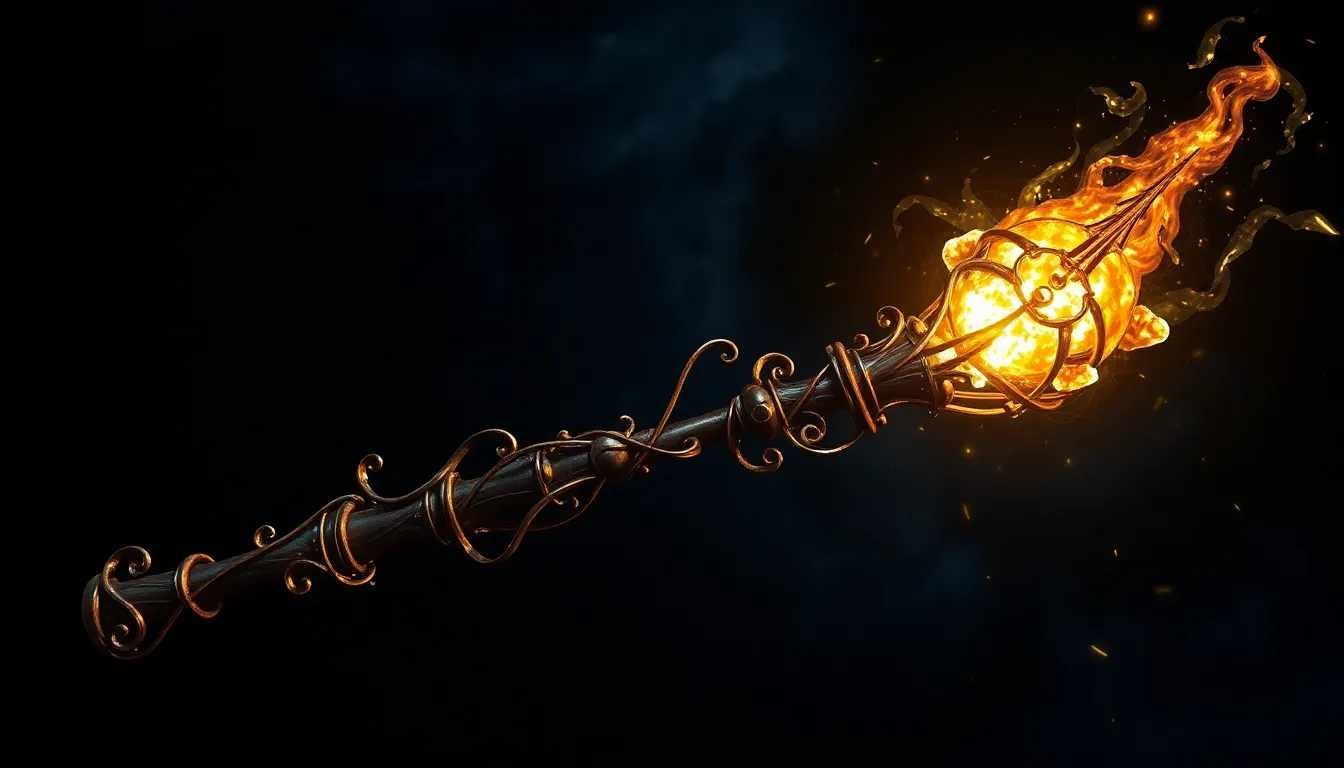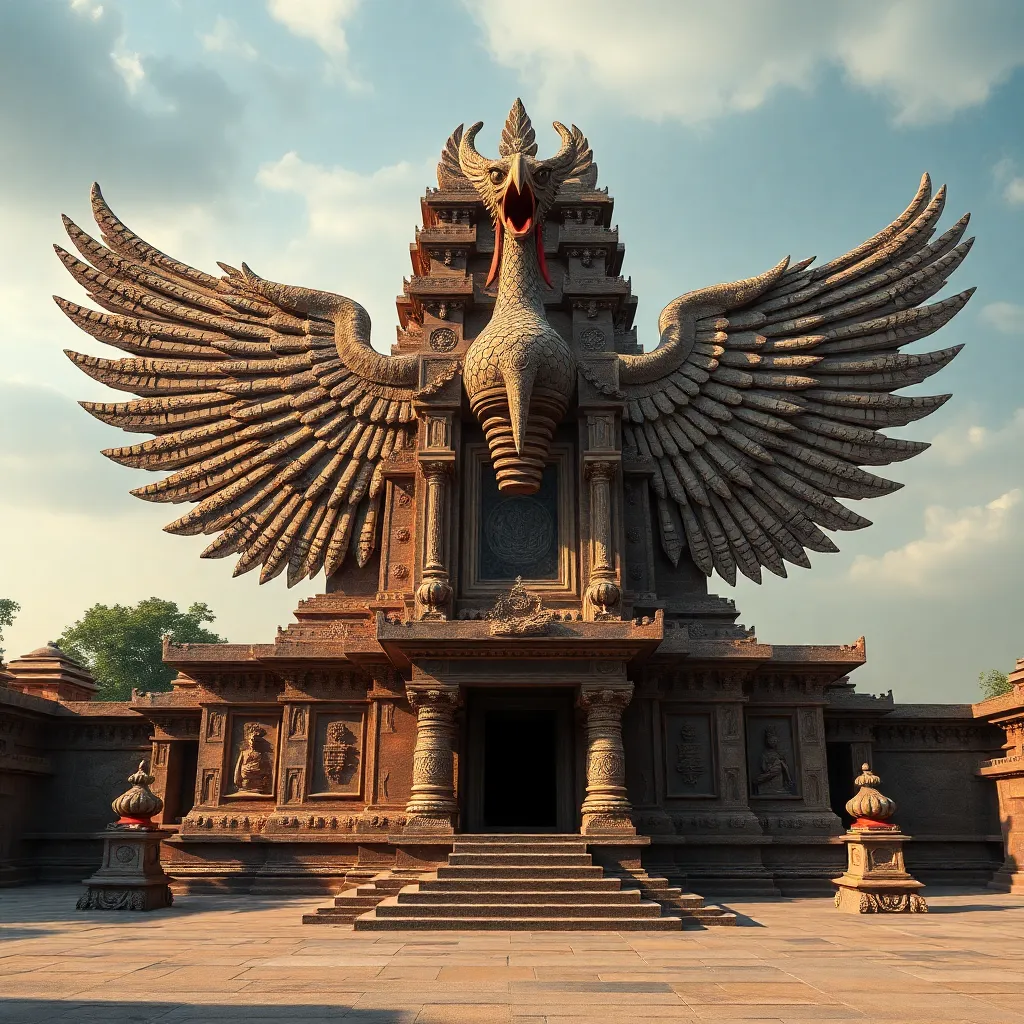Sleipnir Tales: The Japanese Myths of Amaterasu and the Sun Goddess
I. Introduction to Japanese Mythology
Japanese mythology is a rich tapestry woven with the threads of ancient stories, beliefs, and cultural values that have shaped the identity of Japan for centuries. It serves not only as a means of explaining the natural world but also as a vehicle for understanding human existence, morality, and the divine. Central to this mythology is Amaterasu, the Sun Goddess, whose light is synonymous with life, growth, and harmony.
Amaterasu is considered one of the most important deities in the Shinto religion, embodying the sun’s radiant power and the protective spirit of the Japanese people. As a key figure, she represents the connection between the divine and the earthly, illuminating the path for humanity and guiding them in their daily lives.
II. Origins of Amaterasu: The Birth of the Sun Goddess
The origins of Amaterasu are steeped in creation myths that highlight the cosmic nature of her existence. According to the ancient texts, particularly the “Kojiki” and “Nihon Shoki,” she was born from the left eye of Izanagi, the male creator deity, during his purification ritual after returning from the underworld.
Izanagi, along with his wife Izanami, played a fundamental role in the creation of the Japanese islands and various deities. Their divine union led to the birth of several gods and goddesses, with Amaterasu emerging as a symbol of purity and life. Her birth is often depicted as a magnificent event, signifying the dawn of light in a world previously enveloped in darkness.
III. Amaterasu’s Relationship with the Other Deities
Amaterasu’s relationships with her siblings, Tsukuyomi and Susanoo, are pivotal in understanding her character and the dynamics of the Shinto pantheon. Tsukuyomi, the moon god, represents the night and its mysteries, while Susanoo, the storm god, embodies chaos and unpredictability.
The interactions between these deities reveal much about the balance of nature and the duality of light and dark. Amaterasu’s relationship with Susanoo, in particular, is marked by conflict, as his reckless behavior often threatens the harmony she strives to maintain. This sibling rivalry culminates in significant mythological events that underscore the importance of balance and the consequences of strife among the gods.
IV. The Myth of Amaterasu and the Cave
One of the most famous myths involving Amaterasu is her retreat into the Ama-no-Iwato cave. After a particularly tumultuous encounter with Susanoo, who destroyed her rice fields and disrespected her, Amaterasu withdrew into the cave, plunging the world into darkness and despair.
The absence of light had dire consequences; crops withered, and the other deities suffered as they could not thrive without the warmth of the sun. This myth illustrates the interconnectedness of the gods and the impact of their actions on the world and each other, emphasizing the importance of Amaterasu’s presence.
V. The Return of Light: The Emergence of Amaterasu
To coax Amaterasu out of her cave, the other deities devised a plan. They gathered outside the cave and celebrated, creating a cacophony of noise and merriment to pique her curiosity. A crucial moment came when they placed a mirror at the entrance of the cave, reflecting the light of the sun.
As Amaterasu emerged to see her own reflection, she was drawn back into the world, bringing light and life with her return. This act symbolizes not only the literal return of sunlight but also a metaphorical rebirth, representing hope, renewal, and the triumph of order over chaos in Shinto belief.
VI. The Cultural Impact of Amaterasu in Japan
Amaterasu’s influence extends beyond mythology into various aspects of Japanese culture, including art, literature, and festivals. Her image can be found in traditional paintings, sculptures, and modern media, symbolizing beauty, purity, and the nurturing aspects of nature.
- Art: Amaterasu is often depicted in traditional Japanese art, showcasing her as a radiant figure surrounded by light.
- Literature: Her stories have inspired countless works, from ancient texts to contemporary novels and plays.
- Festivals: Celebrations such as the “Amaterasu Matsuri” honor her, reflecting the deep cultural reverence for the Sun Goddess.
In modern interpretations, Amaterasu has become a symbol of resilience and hope, resonating with contemporary themes of empowerment and environmental consciousness.
VII. Comparative Analysis: Amaterasu and Other Sun Deities
When examining Amaterasu alongside other sun deities from various cultures, several similarities and differences arise. For instance, she shares traits with deities like Ra from Egyptian mythology and Helios from Greek mythology. Each of these figures embodies the life-giving properties of the sun, yet they also reflect the unique cultural contexts from which they originate.
- Similarities:
- All sun deities are associated with light, growth, and fertility.
- They often symbolize divine protection and guidance for humanity.
- Differences:
- Amaterasu’s narrative emphasizes familial relationships and harmony, while others may focus more on power and dominance.
- The role of the sun in Japan is intimately connected with agriculture and rice cultivation, influencing cultural practices and rituals.
This comparative analysis highlights the universal themes of light, life, and rebirth that transcend cultural boundaries, resonating deeply in the human experience.
VIII. Conclusion: The Enduring Legacy of Amaterasu
The legacy of Amaterasu continues to thrive in modern Japan, where her myths remain relevant in spiritual practices, cultural celebrations, and artistic expressions. As a symbol of hope and renewal, she inspires individuals to seek light in times of darkness and to appreciate the interconnectedness of all life.
In today’s society, Amaterasu serves as a reminder of the importance of balance, harmony, and the nurturing aspects of nature. As Japan navigates contemporary challenges, the tales of the Sun Goddess resonate as powerful narratives that encourage resilience, unity, and a deeper understanding of the world around us.



